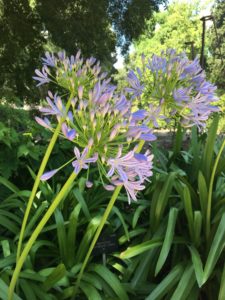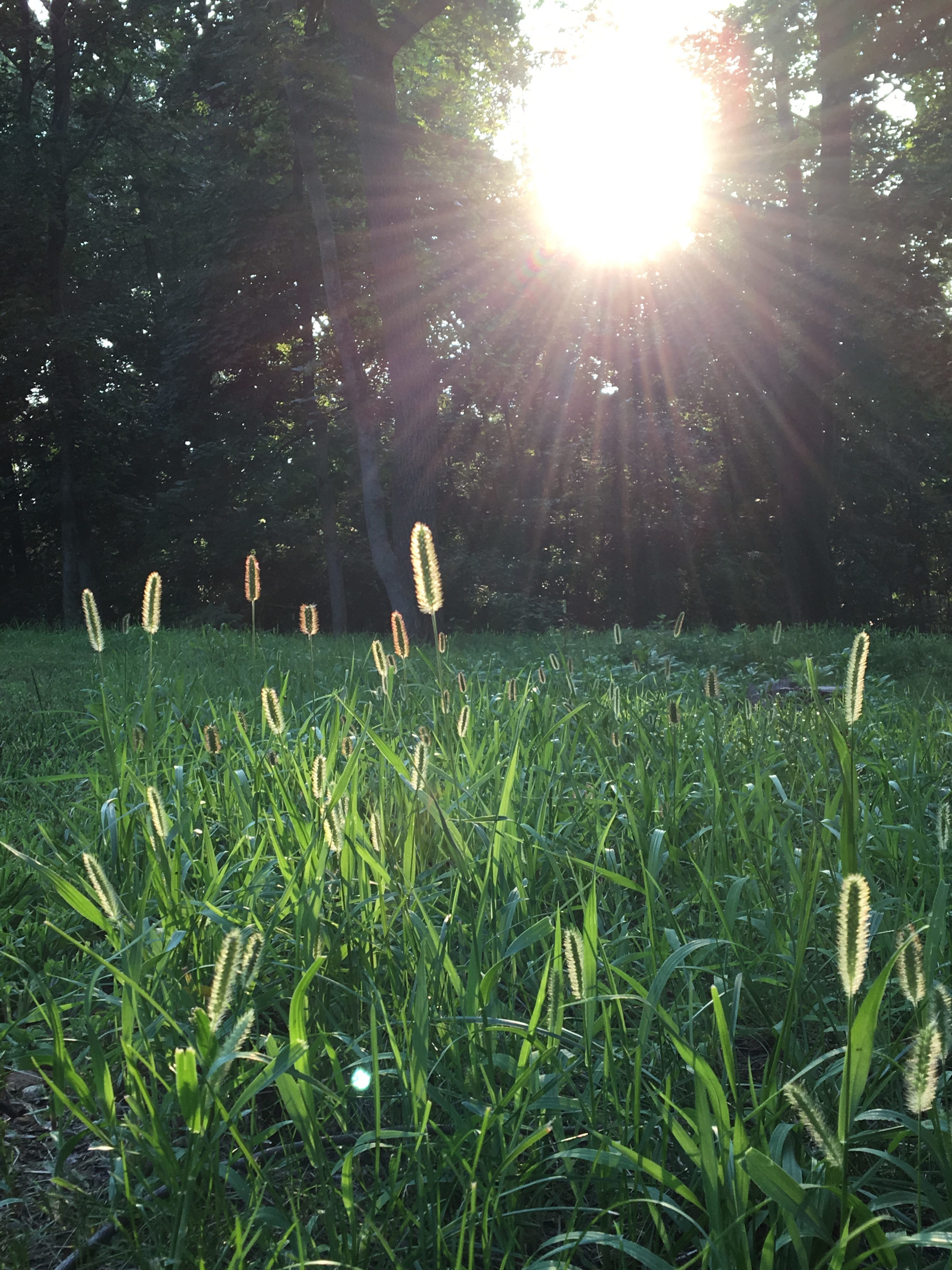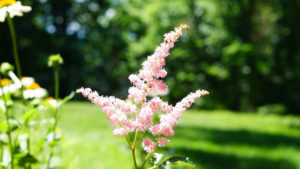Obsessions… wasp nests… and snake-filled brick piles.
Let me start at the beginning… or rather, the middle.
Late spring and early summer brought more planting, this time on the other side of the house. The ground was even more difficult to work in the back.
As they say, insanity is doing the same thing over and over, expecting a different result.
Wheelbarrow load by wheelbarrow load, we moved a brick pile that the former owners had left to the side of the house. (Last year, when I removed the tarp, several snakes came slithering out — lovely surprise! It would not be the last that I saw of them.) Some of the bricks are laid out in a path near our little barn, to be set in next year, as soon as the spring softens the earth. The rest of it was used by M. to install a flat foundation under our new grill, since we have no patio. That’s another to-do list — and another future project — as we consider some future home renovations.
That entire side of the house is now planted in lavender ‘grosso,’ enjoying the full sun exposure next to the field. Not native, you say? You’re right, and I’ll also confess that the garden beds are a healthy mix of natives, new hybrids of natives, and select non-native plants.
Despite the heavier-than-usual rains and the challenges of the soil and black walnuts on either end of the field, the lavender did well. The vision? The lavender will provide a wave of color that can be easily relocated when we plan later home improvements, such as that patio. From my armchair, I’m feeling quite ambitious and am considering adding several more more feet of them in 2019.
====
And now, I have a confession to make.
Last spring, I developed a bit of an obsession. A crush… on the New Perennial movement.
And with that, the designs of Piet Oudolf. Most people will know him from the High Line. Watch Five Seasons if you have the chance.
Inspired by this, a lot of what I’m planting here at Windy Knoll aims at that more “natural” look. It’s a focus on year-round shapes and interest, plant combinations, and how the shapes and colors evolve. Think of the interest of seed heads in the winter months. In the spirit of native planting, it just so happens that birds and wildlife will enjoy the seeds and the areas to take refuge during that cold season.
So now the northwest corner of the house is planted in white echinacea, salvia, purple liatris and some accents of other plants, like astilbe. It needs more, and the plan is to add some native grasses next season, I just ran out of time (and steam).
How there was time for anything else, I do not know. But we squeezed in a nice trip to Spain. Of course, we made a visit to the Real JardÃn Botánico while we were in Madrid.
 Agapanthus at the Real Jardin Botanico
Agapanthus at the Real Jardin Botanico
==
Finally, the blooper reel. A difficult lesson: yellow jacket nests. One early morning, I was trimming back an overgrown area between our house and the neighbor’s place. I am ruthless and fearless, and became absorbed in pruning back the tangle of wisteria in the forsythia. Then it hit me. Piercing pain all over my body. Then that slow-motion moment as a looked down and realized I was covered in wasps.
Home alone, my mind raced on what to do first. I flung away my glasses as I clawed away a wasp that was stinging my face. The clothes were next as I ran toward the house — and toward the garden hose, thinking I’d dislodge them with water. They stayed on the clothes, and with those removed, I ran into the house to nurse my wounds and consult with my friends and the Web on how to reduce the discomfort. The swelling was local.
The lesson:Â those nests are in the ground and very hard to see, especially when covered with wisteria. I was fine. But step carefully as you garden.

